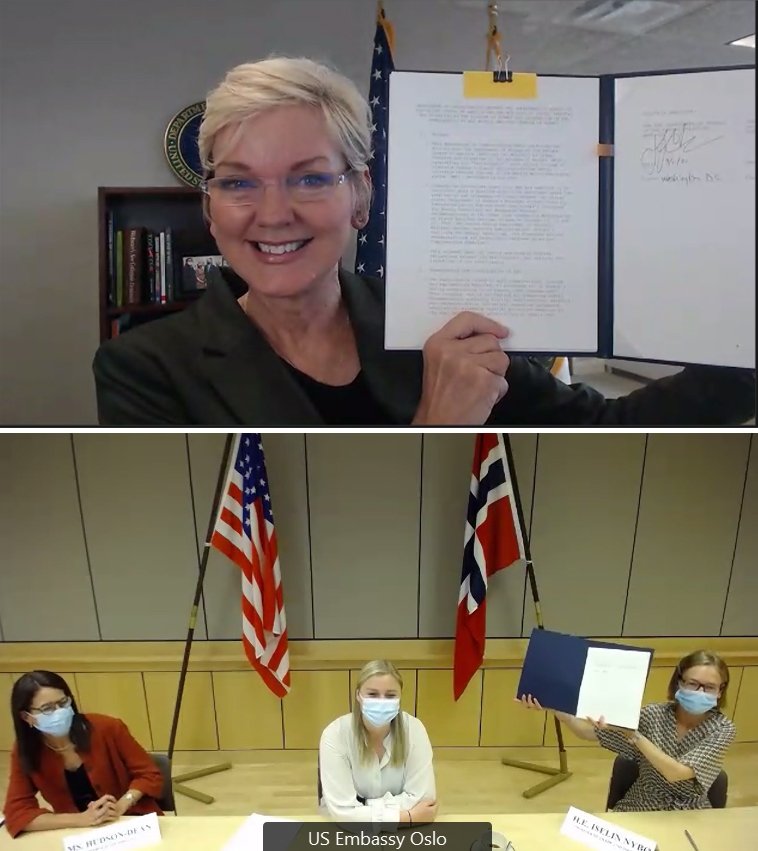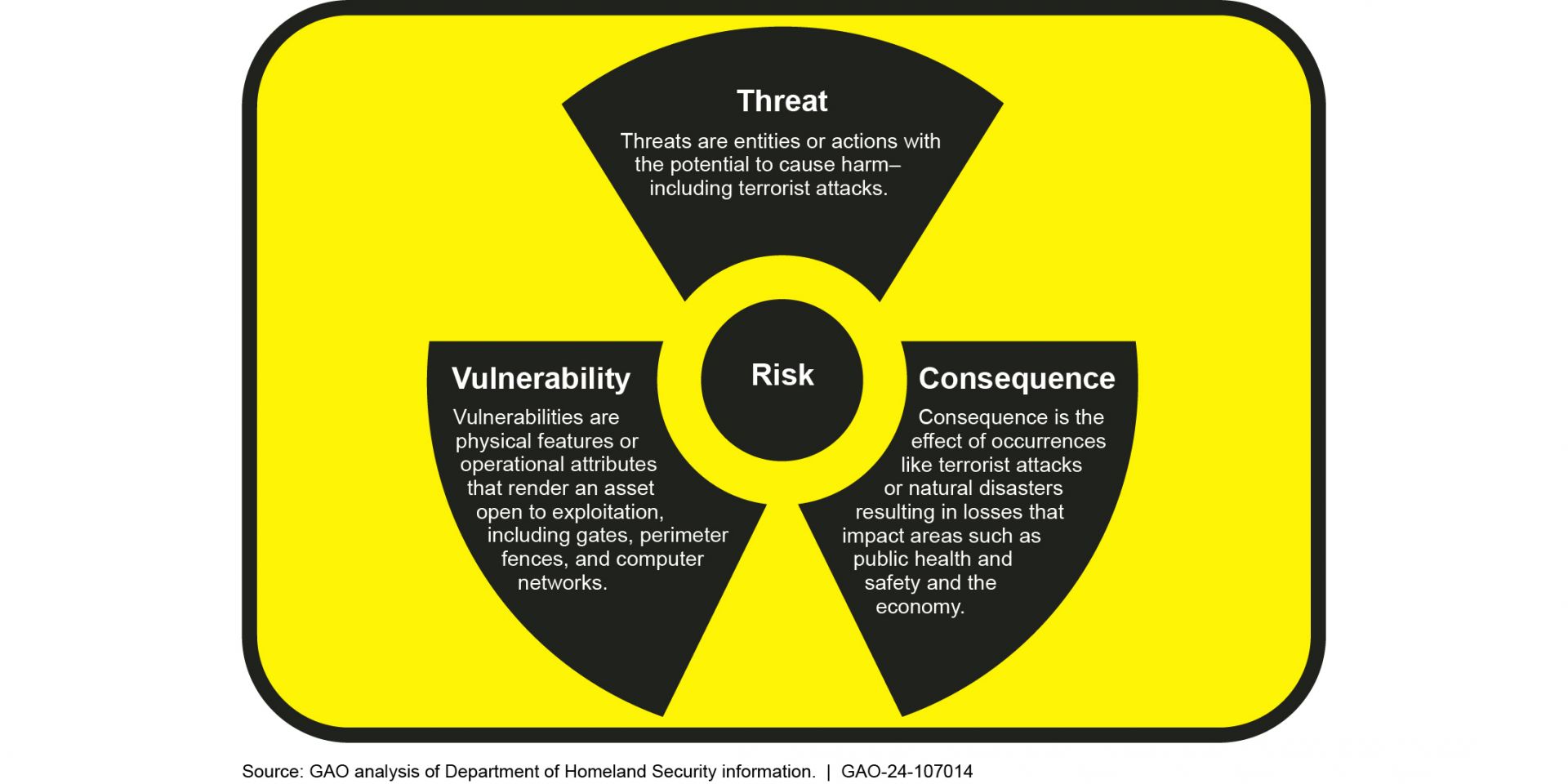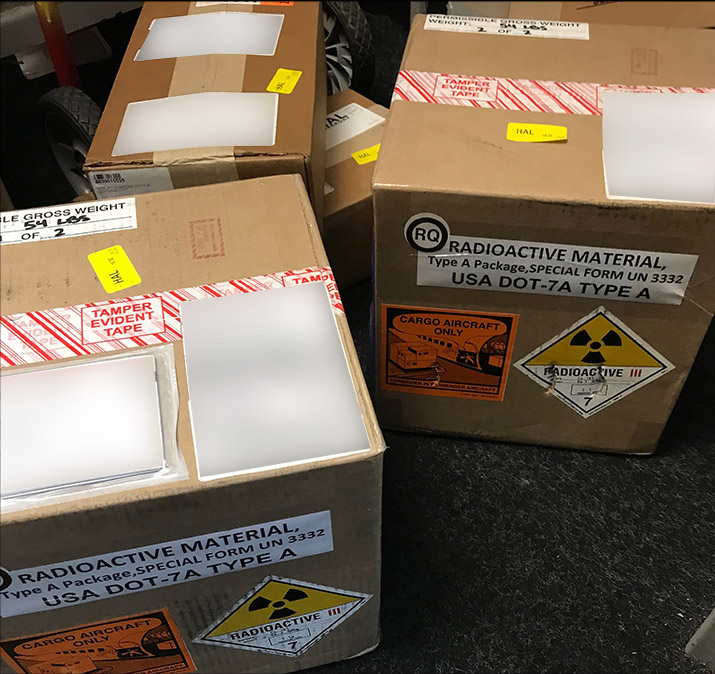
Energy secretary Jennifer Granholm (top photo) and Norwegian minister of Trade and Industry Iselin Nybø (bottom photo, right) hold up signed versions of an MOU on the conversion of Norway’s HEU to LEU. (Photos: NNSA)
The U.S. Department of Energy and Norway’s Ministry of Trade, Industry, and Fisheries have signed a memorandum of understanding to advance a project aimed at eliminating Norway’s high-enriched uranium by downblending it to low-enriched uranium. If the project is successfully completed, Norway will become the 34th country (plus Taiwan) to be considered HEU-free.
In the downblending process, HEU is mixed with depleted or natural uranium to reduce the U-235 concentration to below 20 percent, resulting in LEU, which cannot be used to make an improvised nuclear device (aka “dirty bomb”). According to the DOE’s National Nuclear Security Administration, the challenge with Norway’s HEU has been that much of it is mixed with thorium, making the use of other disposition techniques more problematic.
A closer look: Signed on September 1 by U.S. energy secretary Jennifer Granholm and her Norwegian counterpart, Iselin Nybø, minister of trade and industry, the MOU calls for small-scale downblending activities to begin in 2022 using Norway’s existing infrastructure. It also paves the way for the eventual deployment of the DOE’s Mobile Melt-Consolidate system to complete the work.





